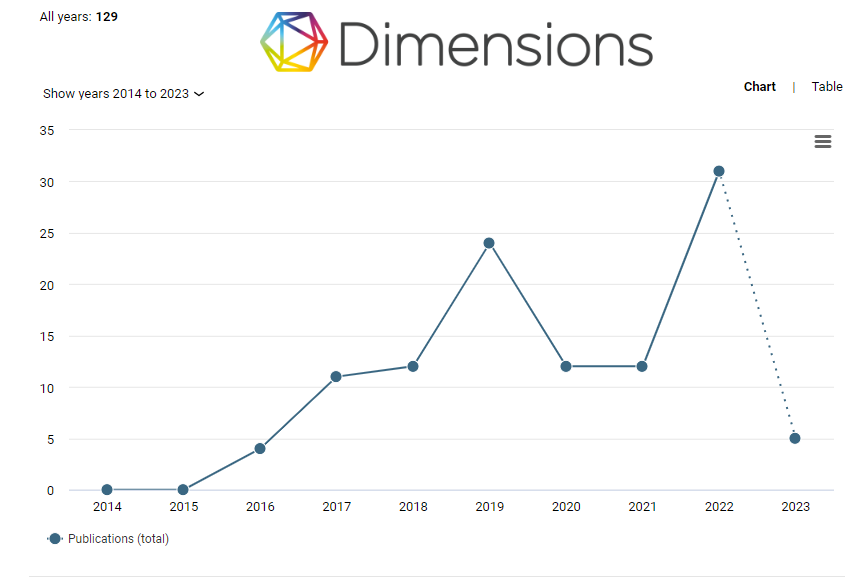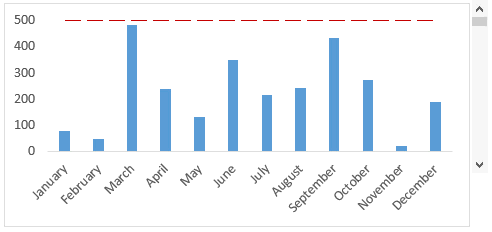SMART TRAINING KIT BERBASIS INTERNET OF THINGS SEBAGAI ALAT MONITORING KEBUGARAN FISIK ATLET BOLA VOLI
SMART TRAINING KIT BASED ON THE INTERNET OF THINGS AS A TOOL FOR MONITORING THE PHYSICAL FITNESS OF VOLLEYBALL ATHLETES
Abstract
The performance of volleyball athletes is greatly influenced by the speed and accuracy of their footwork in reaching the ball, especially during footwork training. This study aims to design a physical fitness monitoring device based on the Internet of Things (IoT) called STARK (Smart Training Kit) using the Neo M9N GNSS sensor and ESP32 microcontroller. Position coordinates, time, and speed data are collected in real-time at a sampling rate of up to 25 Hz, then stored on a MicroSD card in CSV format. The data is transmitted to the cloud via a gateway application for visualization through Google Sheets and Google Maps. Testing was conducted using a comparison method of speed and distance traveled, with the Haversine Formula as the benchmark. Test results show that higher sampling frequencies yield more detailed recorded data. The device demonstrates sufficiently stable accuracy during constant movement, though small errors increase as object speed increases. Thus, this tool can serve as an alternative for monitoring sports training and support a sports science approach through measurable and structured data.
Downloads
References
FIVB, “The Game: History,” Juli 2025. [Online]. Available: https://www.inilah.com/sejarah-bola-voli-di-indonesia.
F. Putri, “Sejarah Bola Voli di Indonesia, Awal Mula hingga Prestasi Tim Nasional,” 31 Januari 2025. [Online]. Available: https://www.inilah.com /sejarah-bola-voli-di-indonesia.
R. Salasah, “Stagnasi Prestasi Timnas Bola Voli Indonesia,” 25 Juni 2025. [Online]. Available: https://www.kompas.id/artikel/stagnasi-prestasi-timnas-bola-voli-indonesia.
Y. Astuti, E. Erianti, H. Lawanis, B. E. Orhan, A. Ikhlas dan K. Govindasamy, “Implementing technical training models to enhance basic volleyball skills in students,” Retos, pp. 1075-1083, 2025.
Q. Hu, Q. Chen, Y. Liu dan Q. Zhen, “Study on a Footwork Training and Testing System,” MDPI, pp. 1-6, 2018, doi: https://doi.org/10.3390/proceedings2060537.
T. Purwati, K. Ismawati dan A. A. Aji, “Dampak Ekonomi dariSport Industry, Sport Tourism, dan Sport Sciencedi Era Pasca Pandemi Covid’19,” Jurnal Ekonomi & Ekonomi Syariah, pp. 2700-2718, 2022, doi: https://doi.org/10.36778/jesya. v5i2.880.
A. Rohendi dan H. Rustiawan, “Kebutuhan Sport Science Pada Bidang Olahraga Prestasi,” Research Physical Education and Sports, pp. 32-43 , 2020, doi: https://doi.org/10.31949/jr.v2i1.2013.
A. Waqar, I. Ahmad, D. Habibi dan Q. V. Phung, “Analysis of GPS and UWB positioning system for athlete tracking,” Measurement: Sensors, pp. 1-12, 2021, doi: https://doi.org/10.1016/j.measen.2020.100036.
D. Egea-Roca, M. Arizabaleta-Diez, T. Pany, F. Antreich, J. A. López-Salcedo, M. Paonni dan G. Seco-Granados, “GNSS User Technology: State-of-the-Art and Future Trends,” IEEE Access, vol. X, pp. 39939 - 39968, 2022, doi: https://doi.org/10.1109/ACCESS.2022.3165594.
B. M. Jackson, T. Polglaze, B. Dawson, T. King dan P. Peeling, “Comparing Global Positioning System and Global Navigation Satellite System Measures of Team-Sport Movements,” International Journal of Sports Physiology and Performance, vol. 13, no. 8, pp. 1005-1010, 2018, doi: https://doi.org/10.1123/ijspp.2017-0529.
u-blox, “NEO-M9N module,” 2025. [Online]. Available: https://www.u-blox.com/en/product/ neo-m9n-module.
Sugiyono, Metode penelitian pendidikan pendekatan kuantitatif, kualitatif dan R&D, 2013.
F. Guo, Y. Yang, F. Ma, Y. Zhu, H. Liu dan X. Zhang, “Instantaneous velocity determination and positioning using Doppler shift from a LEO constellation,” Satellite Navigation, vol. 4, no. 9, pp. 1-13, 2023, doi: https://doi.org/10.1186/s43020-023-00098-2.
G. Beniwal dan A. Singhrova, “A systematic literature review on IoT gateways,” Journal of King Saud University – Computer and Information Sciences, vol. 34, pp. 9541-9563, 2023.
G. H. Prakarsha, H. D. K. Lumbantobing, M. R. Ramadhan dan I. Prihandi, “Haversine Algorithm Design using the Google Maps API Method for Android-based Public Security Applications,” International Journal of Computer Trends and Technology, vol. 69, no. 2, pp. 53-60, 2021.

This work is licensed under a Creative Commons Attribution-ShareAlike 4.0 International License.
This work is licensed under CC BY-SA 4.0

 Renno Bagas Syahputra(1*)
Renno Bagas Syahputra(1*)











